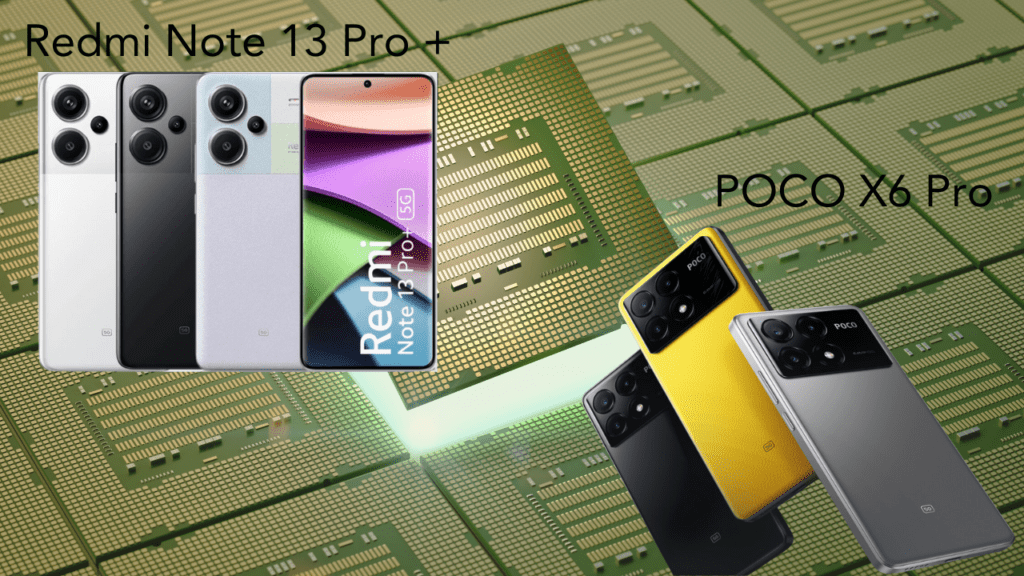Your cart is currently empty!
In just 5 years MediaTek has convinced Smartphone OEMs to use Dimensity for the flagships
Posted by
–
The fabless chipset maker, MediaTek which powers over 2 billion devices worldwide had been facing a challenge – the challenge of acceptance of being the chipset of choice of smartphone OEMs for their flagship phones. Historically, the OEMs would go with a Snapdragon chipset for the flagships and use a MediaTek chipset for the mid and base variants of the model.
But all this has changed in just 5 years of MediaTek launching the Dimensity family. Now it was not just a branding activity, but Dimensity was established to bring out the gold standard silicon from MediaTek. Gradually we started seeing it fructifying for the Taiwanese chipset company which is an arch-rival to Qualcomm. While most of the OEMs were having multiple chipset vendor strategy, OnePlus which was a Snapdragon buddy since inception also joined the trend with the launch of OnePlus Nord 2 using Dimensity 1200 paving way for MediaTek into the brand in 2021. Another milestone for Dimensity was when Vivo announced X70 Pro its flagship smartphone using Dimensity 1200. After this the association between MediaTek and Vivo has been growing strong to the extent that Vivo X100 Pro was the first phone to launch on Dimensity 9300, the first ever all big core chipset from any processor company.

Now further building on to this strength of Dimensity as becoming increasingly preferred chipset among smartphone OEMs across different price segments, there has been another significant change in the trend with the launch of Redmi Note 13 series and Poco X6 series smartphones. In both the smartphone series the flagship variant – Redmi Note 13 Pro + and Poco X6 Pro respectively are both powered by a Dimensity chipset. Redmi Note 13 Pro + is using MediaTek Dimensity 7200-Ultra and Poco X6 Pro uses Dimensity 8300-Ultra chipsets respectively.
This is for the first time that the smartphone OEMs have chosen MediaTek over Qualcomm for the topmost variant of a model. Both Redmi Note 13 and Poco X6 are two very important models for the respective smartphone brands. If other OEMs also follow the pursuit, 2024 is going to be bumper year for MediaTek. While for the affordable range, OEMs will have MediaTek as their preferred choice where the focus would be to bring 5G to the masses, the premium and flagship wins will add to MediaTek exhibiting stronger performance in India this year.
The Dimensity adoption across the portfolio by smartphone OEMs indicates that the strategy of MediaTek to introduce a gold standard silicon has worked out and in just 5 years the legacy positioning of MediaTek is changed.




